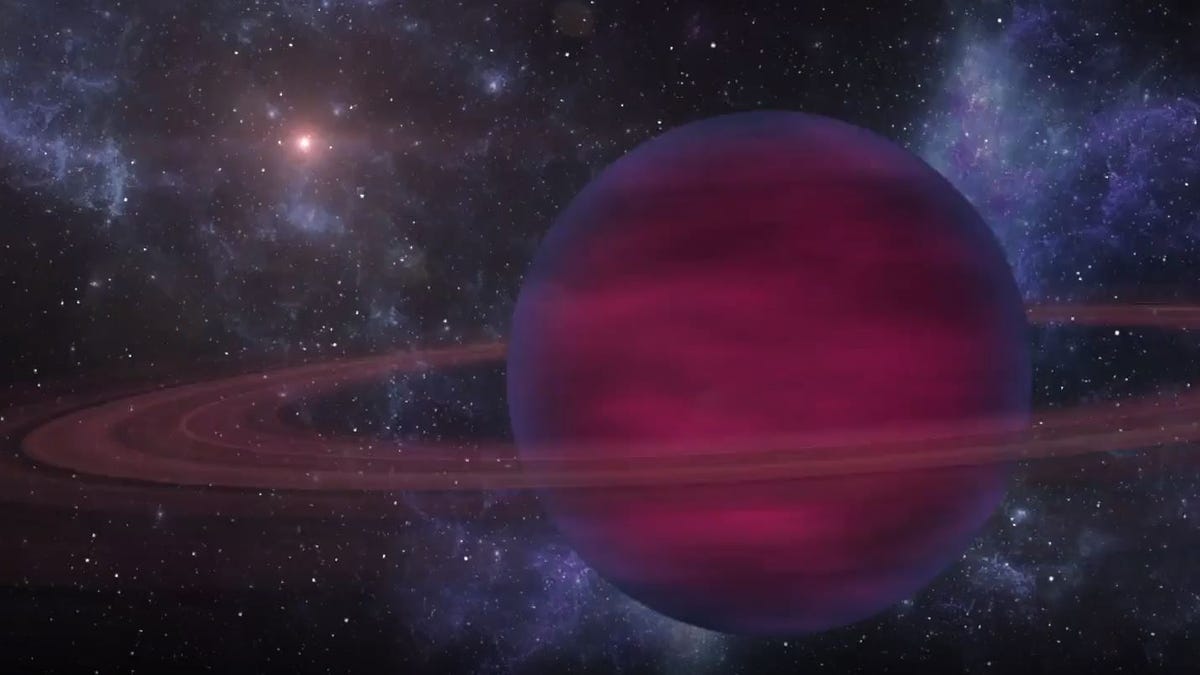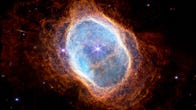6NASA's James Webb Telescope Sees Cosmic Clouds of Hot Sand on Mysterious World
“The new high-powered observatory peeked at a place where weather is cloudy with a chance of silicates.

NASA's powerful new James Webb Space Telescope continues to take a closer, more detailed look at corners of the universe, and so far some of the results are just weird. Like the brown dwarf where the atmosphere appears to be filled with clouds of hot sand.
A brown dwarf is an object with a mass between a giant planet like Jupiter and a very small star. This particular one is called VHS 1256b, it's 72 light-years away and almost 20 times more massive than Jupiter. Most brown dwarfs have characteristics of both stars and planets -- they give off some heat and light like a star but are cooling and often form atmospheres more like that of a planet.
If you're picturing a world where a planetary dust storm kicks up planetwide clouds filled with fine grains from the beach or the desert, it's actually more bizarre than that. Toasty sand clouds are probably the product of the planet being hot enough to vaporize some of the minerals that form rocks, and those silicate materials then swirl around the atmosphere.
A new study detailing the VHS 1256b findings is part of the Webb Early Science Release Program, which aims to make data from the telescope's observations publicly available as quickly as possible. The research team, led by astronomer Brittany Miles of UC Santa Cruz and UC Irvine along with a group of global contributors, has submitted the work for publication to the journals of the American Astronomical Society, but it isn't yet peer reviewed, so it may be worth taking the findings with a grain of sand for now. Still, the research is intriguing because this is the first time astronomers have directly observed an atmosphere like this.
On Earth, clouds typically form from the sun heating water that then evaporates, and the resulting water vapor drifts up into the atmosphere where it coalesces into clouds before eventually falling back to the surface as precipitation. Scientists have long theorized that under the right conditions a similar process could take place with silicates rather than liquid water.
The sky on VHS 1256b isn't all sand in your eyes, though. The research team also reported detecting water, methane, carbon monoxide, carbon dioxide, sodium and potassium.
The paper concludes with a nod to the Webb Telescope itself and its potential to help us better understand brown dwarfs and other more mysterious objects in the universe.
"This observatory will be a trailblazer, pushing our understanding of atmospheric physics in planetary-companions, brown dwarfs, and exoplanets for years to come."


No comments:
Post a Comment